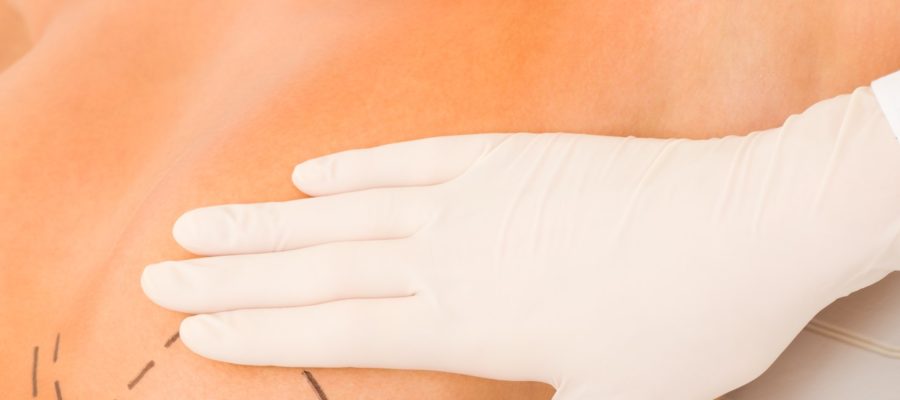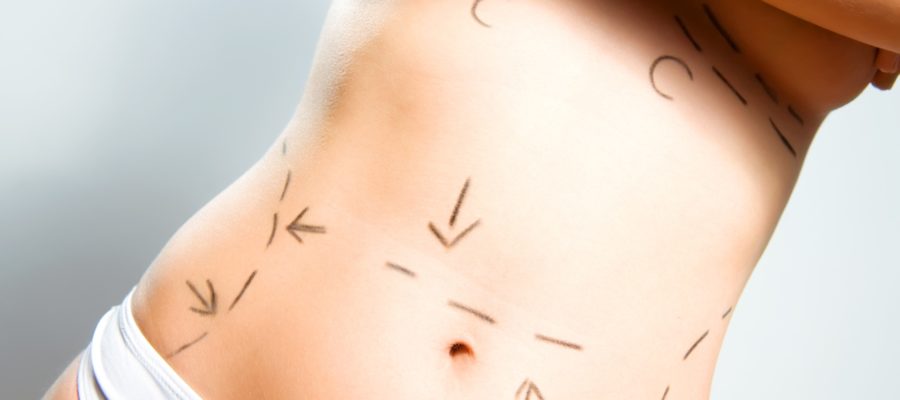-
Duration
60-120 min -
Anaesthesia
local with sedation / general -
Hospitalization
0-1 night -
Return to society
7 days
Breast plays a central role in the perception of femininity. Breast augmentation is one of the most common procedures in aesthetic surgery. Classically this procedure aims to increase the breast volume with silicone implants. During the same procedure is possible to correct asymmetries and shape defects.
Recently, refinements in fat harvesting and grafting (procedure commonly known as “lipofilling”) allowed an effective transplantation of autologous adipose tissue with enthusiastic results. This technique has been widely employed for several purposes, such as filler for wrinkles, lips, scars and finally for breast augmentation. The advantages of this technique are several and are listed below.
Indications are similar as breast augmentation with silicone implants:
- Desire of a larger breast
- Congenital or acquired breast hypotrophy
- Breast deformities or contour alterations
- Asymmetry
The benefits of breast augmentation with adipose tissue they are summarized as follows:
- Avoids the risks of an implant. The adipose tissue is biocompatible, is not subject to inflammatory reactions or to changes over time (e.g. capsular contracture), eliminates the risk of implant rupture and the need to replace the prosthesis for safety reasons every 20 years.
- Consistency. The consistency of grafted adipose tissue is analogous to the natural breast. The final result is extremely natural, even in supine position or during movements when silicon implants are typically more visible.
- Minimal scarring. Breast augmentation with implants requires an incision that allows the passage of the prosthesis, generally placed in the inframammary fold or on the lower perimeter of the areola (hemi-areolar incision). Conversely, adipose tissue graft requires minimal incisions that allow the insertion cannulas.
- The procedure combines the benefits of two surgeries: breast augmentation and liposuction
- Graft take. Transplanted adipose tissue has a variable take of 60-90%. More the volume of the graft and less the possibility of graft take. Therefore, when a large augmentation is required, more than one lipofilling procedures should be considered.
- Adipose tissue availability. Thin patients are bad candidates to this treatment due to the poor fat availability.
- Lipofilling is oncologically safe and does not interfere with the diagnosis of breast cancer.
This surgery has mainly three phases:
- Harvesting. Adipose tissue is harvested from a region where the adipose tissue can be removed easily with aesthetic advantage (generally the abdomen, hips, trochanteric region). The surgical accesses measures 2 mm and are typically placed in cutaneous folds (e.g. in the navel or gluteal folds). Adipose tissue is aspirated with special cannulas. This procedure is far different from liposuction, where the adipose tissue is aspirated with higher pressures and larger cannulas. Once the desired quantity of adipose tissue is collected, the procedure can continue as a normal liposuction
- Processing. The aspirated material is processed in order to separate the adipose tissue from oil, serum and debris.
- Implant. The purified adipose tissue is transferred into syringes with special cannulas, suitable for an accurate implant. Scaring is minimal in the implant site because of the reduced diameter of implant cannulas. In some cases the implant could be performed with needles to further minimize scaring.
The stitches of the small surgical access, required for fat harvesting and graft, are removed 7 days after surgery. A compression garment is indicated over the harvesting site to reduce swelling and bruising. The patient can return to daily activities in one week. Sports and intense physical activities are allowed three weeks after surgery. Swelling and bruising regress spontaneously in 1-2 months.


